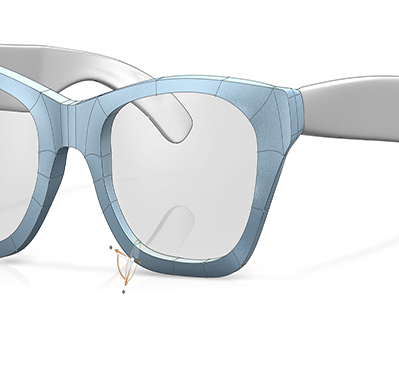Industrial Design is the inventive side of product design. The first industrial bacterial Bacillus protease was marketed in 1959 and major detergent manufactures started to use it around 1965. Detergents (37%), textiles (12%), starch (11%), baking (8%) and animal feed (6%) are the principle industries, which use about 75% of industrially produced enzymes.\n\nThey do not resemble publish World Warfare II organizations of neatly aligned desks and employees supplying their specific piece of the product. Employees in this century could not have an office or desk. In the age of knowledge during which data is the product, working professionals use expertise that facilitates working where they aren’t where an office is.\n\nThe design and printing sectors found the computer to be an effective means of bettering productivity. In 1988 with the arrival of the first design laptop by Apple Macintosh, the numbers of employees in the subject increased and performance progressed in the pre-printing phases corresponding to film making and separation.
 \n\nAdded to this, the designer must understand tips on how to use the specialised design software to put in writing texts, prepare drawings, animated cartoons and websites. The designer should learn about design, timing, transformation, rhythm and visual presentation.\n\nIn the Forties, the need for mass production of plastic products increased and saw the invention of the first screw injection machine by inventor James Hendry of America. Since then, this sort of moulding has been used broadly in the production of every little thing right from milk cartons to whole automobile panels and automotive components.\n\n
\n\nAdded to this, the designer must understand tips on how to use the specialised design software to put in writing texts, prepare drawings, animated cartoons and websites. The designer should learn about design, timing, transformation, rhythm and visual presentation.\n\nIn the Forties, the need for mass production of plastic products increased and saw the invention of the first screw injection machine by inventor James Hendry of America. Since then, this sort of moulding has been used broadly in the production of every little thing right from milk cartons to whole automobile panels and automotive components.\n\n









